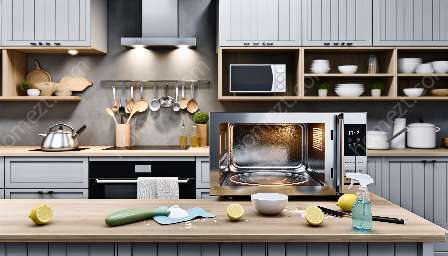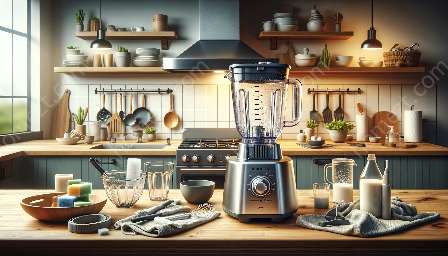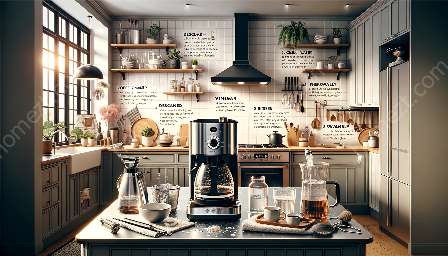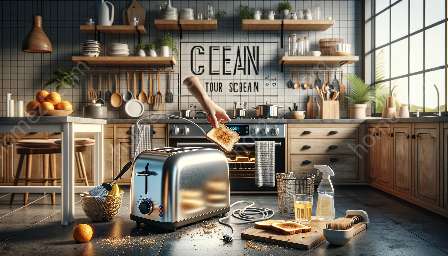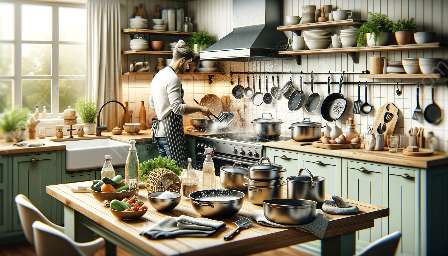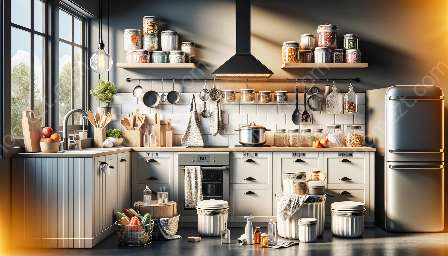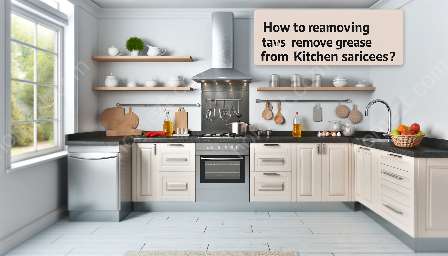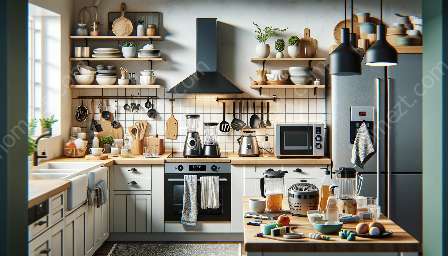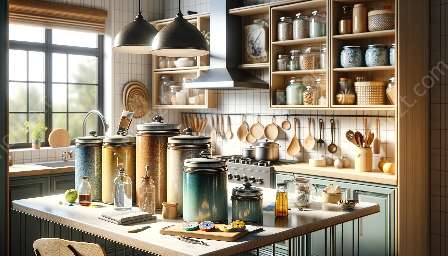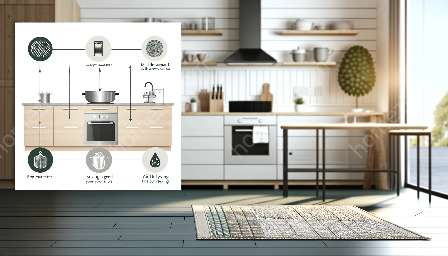When it comes to maintaining a clean and safe kitchen, taking care of your cutting tools is essential. From kitchen knives to cutting boards, proper cleaning and maintenance can ensure a hygienic cooking environment and extend the life of your tools. In this comprehensive guide, we'll explore the best practices for cleaning kitchen cutting tools and maintaining a tidy kitchen workspace.
Maintaining Kitchen Knives
Kitchen knives require regular cleaning to prevent cross-contamination and maintain their sharpness. Here are some steps to ensure your knives stay clean and functional:
- Hand Washing: Always wash your knives by hand with warm, soapy water immediately after use. Avoid placing them in the dishwasher, as the high heat and harsh detergents can damage the blades.
- Drying: Thoroughly dry your knives with a clean towel to prevent the formation of rust. Store them in a knife block or on a magnetic strip to keep them organized and accessible.
- Sharpening: Regularly sharpen your knives with a sharpening stone or honing steel to maintain their cutting edge. Dull knives are more prone to slippage and can cause accidents.
Cleaning Cutting Boards
Proper cleaning of cutting boards is essential for preventing cross-contamination and ensuring food safety. Here's how to clean different types of cutting boards:
- Wooden Cutting Boards: Scrub wooden cutting boards with hot, soapy water and allow them to air dry. To eliminate odors and bacteria, you can also sanitize the board with a solution of water and white vinegar.
- Plastic Cutting Boards: Plastic cutting boards can be cleaned in the dishwasher or by hand with hot, soapy water. However, they may develop deep knife scars over time, which can harbor bacteria. Consider replacing them if they become heavily worn.
- Bamboo Cutting Boards: Bamboo cutting boards should be hand washed with warm, soapy water, and periodically treated with food-grade mineral oil to prevent drying and cracking.
Other Kitchen Cutting Tools
In addition to knives and cutting boards, other kitchen cutting tools such as shears and food processor blades also require proper cleaning and maintenance:
- Kitchen Shears: Clean kitchen shears with warm, soapy water, and be sure to remove any food residue from the blades. Dry them thoroughly to prevent rusting.
- Food Processor Blades: After each use, carefully disassemble the food processor and clean the blades with a brush or sponge to remove any trapped food particles. Use caution when handling sharp blades.
Maintaining a Clean Kitchen Workspace
Keeping your kitchen workspace clean and organized is crucial for food safety and efficient cooking. Here are some tips for maintaining a tidy kitchen:
- Wipe Down Surfaces: Regularly wipe down countertops, cutting boards, and other surfaces with a disinfectant cleaner to prevent the spread of bacteria.
- Organize Utensils: Store knives and other cutting tools in dedicated knife blocks or on magnetic strips to keep them safely stowed and easily accessible.
- Proper Storage: Ensure cutting tools are properly stored to prevent damage and maintain their sharpness. Avoid overcrowding utensil drawers to prevent nicks and dings.
By following these tips for cleaning and maintaining kitchen cutting tools, you can create a safer and more efficient cooking environment. Incorporating these practices into your kitchen cleaning routine will not only enhance food safety but also prolong the life of your essential kitchen tools.




















